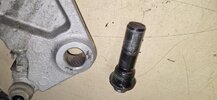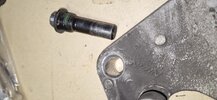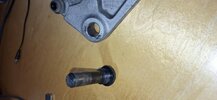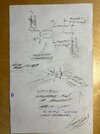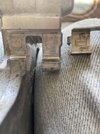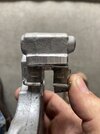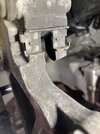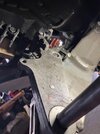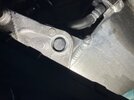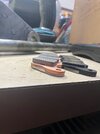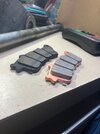Talking about installing the rear wheel, and using the word grease got my attention 
You can use a very little amount of grease on the brake pad pin if you want, but I find that just collectings dirt etc.
Grease on the stopper plug will get squeezed out the first time you hit the brakes.
Grease on the axle won’t hurt anything, just don’t use paste on any of these parts other than the splines.
I find antiseize works better on the axle, and will remain there.
If you’ve ever pulled an axle out and found two rusty rings on it, that is where grease used to be, and is metal to metal wear from the bearing races.
When you use antiseize you will never find that.
It’s not in the service manual, but I use antiseize on the stopper plug to it’s a glancing blow every time it contacts it, and the steel plug does not damage the soft aluminum bracket as much.
YMMV.

You can use a very little amount of grease on the brake pad pin if you want, but I find that just collectings dirt etc.
Grease on the stopper plug will get squeezed out the first time you hit the brakes.
Grease on the axle won’t hurt anything, just don’t use paste on any of these parts other than the splines.
I find antiseize works better on the axle, and will remain there.
If you’ve ever pulled an axle out and found two rusty rings on it, that is where grease used to be, and is metal to metal wear from the bearing races.
When you use antiseize you will never find that.
It’s not in the service manual, but I use antiseize on the stopper plug to it’s a glancing blow every time it contacts it, and the steel plug does not damage the soft aluminum bracket as much.
YMMV.

